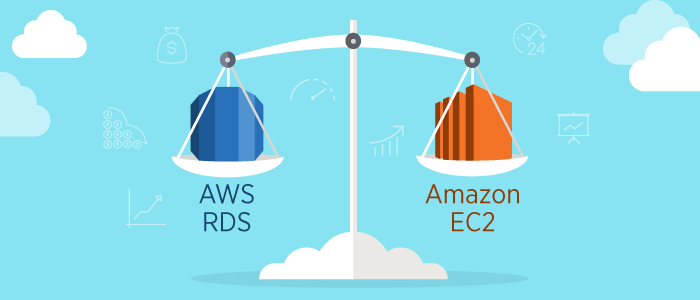Technical stack design and chosen is very important for initial stage start-ups. If we can do it right, the future issues could be avoided. There are many factors to build a scalable, cost efficient, high-performance system, but we will discuss a lot bit of the database vendor choices.

MySQL vs MongoDB
MySQL is the most widely used database which supports ACID:
- Atomicity
- Consistency
- Isolation
- Durability
Compare with MongoDB (NoSQL), MySQL (RDBMS) can be used in the transactional system. Lots of e-commerce systems use MySQL as the core trading database. It is free, mature, with a big technical community.
Features of AWS RDS
AWS RDS is a mantainance free MySQL system, you don’t have to do:
- Hardware provisioning
- Database setup
- Software patching
- Data backup
- Setup and managed the read replica
- Manually setup if you like to switch to a larger instance
It provides the features such as:
- Hot standby at another available zone (Multiple AZ) and automatic switch over when the master database fails with in 2 minutes downtime
- Automatic backup and snapshot
- Automatic scale up or down (with downtime)
- Tunned High-performance network and I/O
Self-managed MySQL or AWS RDS
Compare the price of the RDS with the same CPU/disk EC2 instance (db.m4.large vs m4.large):
| Aspect | m4.large (EC2) | db.m4.large (RDS) | Multi-az RDS |
|---|---|---|---|
| Memory | 8 GB | 8 GB | 8 GB |
| CPU | 2 vCPUs | 2 vCPUs | 2 vCPUs |
| Storage | - | - | - |
| Price | $84.680 | $148.190 | $296.380 |
You can see the on-demand price of RDS is roughly double the price of self-managed MySQL on the similar EC2 instance; the price of multi-az RDS doubles the single instance RDS.
How to choose
- If the database is running for critical business, you can choose multi-AZ RDS;
- If you have inhouse expert DBA, and system expert you can choose self-managed MySQL on EC2 instance;
- For average usage, We would recommend single instance AWS RDS.
- If you like to find someone to manage the cost efficient system for you, the please check: Managed AWS service
